Nutrition In-Depth Focus 2018
Posted: 7 December 2018 | New Food | 2 comments
In this supplement: useful applications for otherwise wasted products from soymilk and tofu production, how research in nutrigenomics is driving developments within the food industry, and the massive opportunity to create probiotic products that go beyond traditional applications.
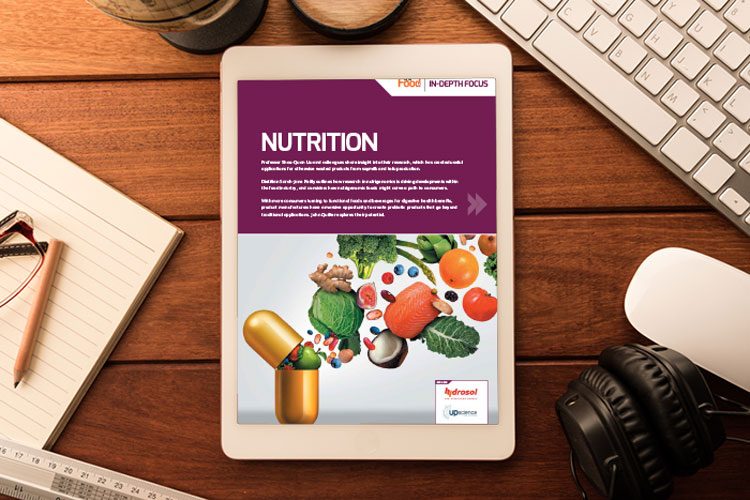

In this issue:
- Unlocking additional value from soybeans via the circular economy
Okara (soybean pulp) and soy whey are by-products of the manufacture of foodstuffs made from soybeans; typically, soymilk and tofu (soybean curd). Globally, over four million metric tons of okara are generated on an annual basis as a result of soymilk and tofu production. Associate Professor Shao-Quan Liu and colleagues from the National University of Singapore share insight into their research, which has created useful applications for these otherwise wasted products. - Inspiring the food of tomorrow
Nutrigenomics is the scientific study of the genetic differences in human responses to the bioactive compounds or nutrients in food. Dietitian Sarah-Jane Reilly outlines how research in this area is driving developments within the food industry and carving a path to consumers. - Looking beyond traditional applications for probiotics
With more consumers turning to functional foods and beverages for digestive health benefits, product manufacturers have a massive opportunity to create probiotic products that go beyond traditional applications. John Quilter explores the potential.
This In-Depth Focus is restricted - login or subscribe free to access
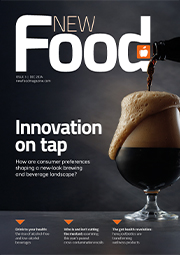

Why subscribe? Join our growing community of thousands of industry professionals and gain access to:
- bi-monthly issues in print and/or digital format
- case studies, whitepapers, webinars and industry-leading content
- breaking news and features
- our extensive online archive of thousands of articles and years of past issues
- ...And it's all free!
Click here to Subscribe today Login here




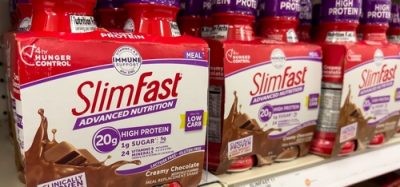
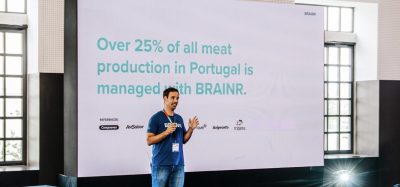
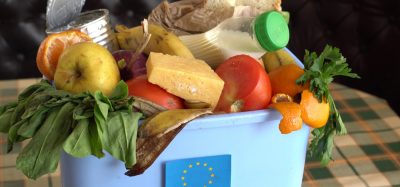
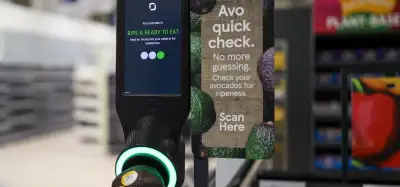


I note that you have used the phrase milk in terms such as soymilk. The EU has outlawed the use of these terms for non-dairy products https://curia.europa.eu/jcms/upload/docs/application/pdf/2017-06/cp170063en.pdf so I cannot understand why you are still using them.
Thanks David – noted!